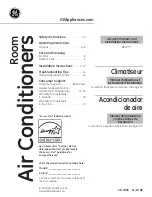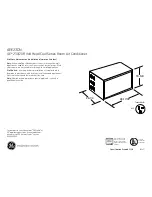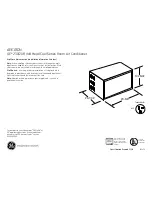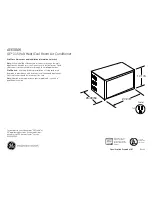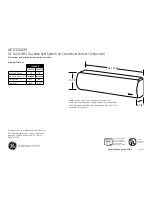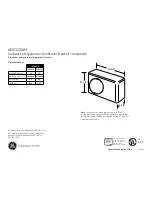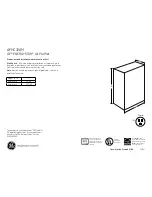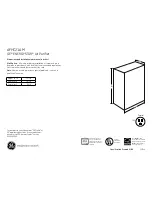
12
Anti-
condensation
When the IDU detects high humidity, the air conditioner will adjust the louver angle and the
fan speed to prevent condensation and avoid dripping.
The Following Symptoms Are Not System Malfunctions
The following phenomena are normal during operation of the air conditioner. They can be solved
according to the instructions below or do not need to be solved.
■ The indoor unit emits white mist
• When humidity is high during cooling mode, white mist may appear due to the humidity and the
temperature difference between the air inlet and outlet.
• When the air conditioner is switched to heating mode after defrosting, the indoor unit discharges the
moisture generated from defrosting as steam.
■ The indoor unit blows dust
When filter is very dirty, dust may enter the indoor unit and be blown out.
■ The indoor unit emits odor
The indoor unit absorbs the odors of rooms, furniture or cigarettes, etc., and disperses the odors
during operation. It is advised to have the air conditioner cleaned and maintained regularly by
professional technicians.
■ Water drips
When the indoor humidity is high, condensation and water may drip out of the unit.
■ "Self-cleaning" sound of icing
During self-cleaning, there may be a slight clicking sound from the melting thin ice about 10
minutes.
■ Noise of Indoor unit
• A continuous low "hissing" sound is heard when the system is in "Auto", "Cool", "Dry", and
"Heat" modes. This is the sound of refrigerant gas flowing through both indoor and outdoor
units.
• A "hissing" sound is heard at the start or immediately after stopping operation or defrost
operation. This is the noise of refrigerant caused by flow change.
• A "zeen" sound is heard immediately after the power supply is turned on. The electronic
expansion valve inside an indoor unit starts working and makes the noise. it will reduce in
about one minute.
• A continuous low "shah" sound is heard when the system is in cooling mode, dry mode or at
a stop. When the drain pump (optional accessories) is in operation, this noise is heard.
• A "pishi-pishi" squeaking sound is heard when the system stops after heating operation.
Expansion and contraction of plastic parts caused by temperature change make this noise.
• A low "sah", "choro-choro" sound is heard while the indoor unit is stopped. When another
indoor unit is in operation, this noise is heard. In order to prevent oil and refrigerant from
remaining in the system, a small amount of refrigerant is kept flowing.


































